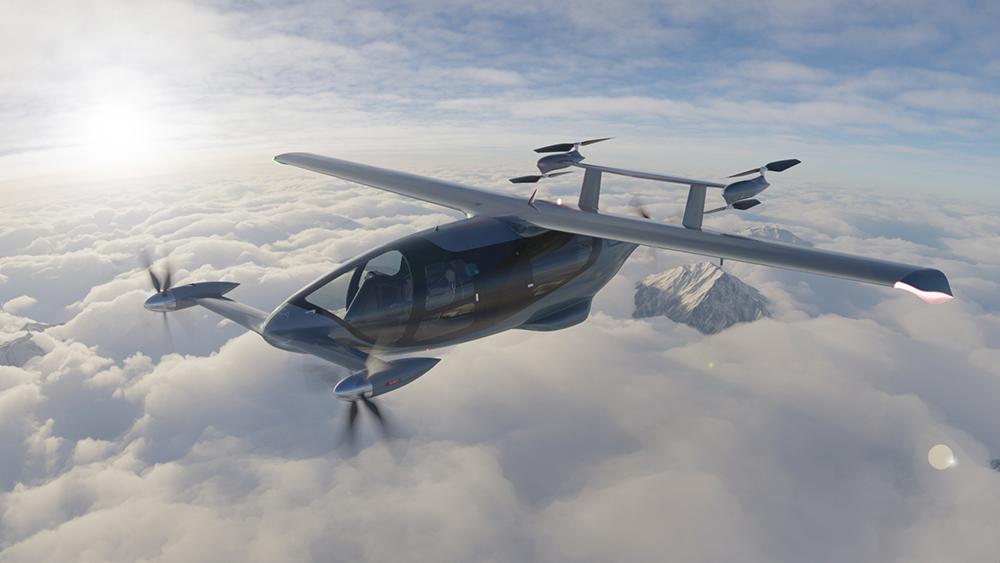
Mixed reality technology could eventually play a part in the inspections of electric vertical-takeoff-and-landing (eVTOL) aircraft thanks to a new industry cooperation in Hungary.
AerinX, a startup offering a mixed reality system to simplify aircraft surface inspections, has signed a cooperation agreement with eVTOL developer Orca to jointly explore and develop high-tech maintenance processes for eVTOLs.
“We believe that the aviation industry is an area where technical knowledge and innovative abilities are capable of delivering global solutions,” says Antal Bence Kiss, cofounder and managing director of AerinX. “VTOL and the eVTOL industry are important for AerinX, as they represent important mobility technologies for the future, and we aim to be an internationally significant technology player and a pioneer in the field of maintenance in this segment of aviation.”
According to a spokesperson for AerinX, the cooperation will entail defining the requirements and specifications for eVTOL maintenance processes, after which the partners will begin a test phase of the technology. While the companies are not yet working with specific MROs, they plan to examine this at a later stage.

Credit: Lindsay Bjerregaard/Aviation Week
AerinX is already working with MROs like Aeroplex of Central Europe, Magnetic MRO and VD Gulf to use its technology for inspections of commercial aircraft. The technology uses 3D smart glasses to project aircraft structural and damage information on both the skin of an aircraft and on 3D panels a maintenance technician can interact with. AerinX says the system can reduce the time it takes to manually inspect an aircraft’s surface from up to two hours to around 20 minutes.
Orca is a relatively new player in the crowded advanced air mobility segment. Founded in 2020 after its eVTOL design won third prize in the Royal Aeronautical Society’s International General Aviation Aircraft Design Competition, the company is working with the Royal Netherlands Aerospace Centre (NLR) to develop an eVTOL for medical missions.
The eVTOL’s cabin is designed to fit two doctors and a bedridden patient alongside a pilot. It is powered by seven electric rotors, the first two of which can rotate to support lift and flight. The design is planned to carry a payload of more than 600 kg (approximately 1,323 lb.) and have a flight range of nearly 100 km. (approximately 62 mi.)
Orca’s team plans to soon build a 1:5 scale version of the eVTOL to perform a test flight and checks, but it hopes to introduce an operating prototype in a few years.
According to a spokesperson for NLR, it is also exploring different areas of cooperation with Orca, including developing maintenance processes for eVTOL.





